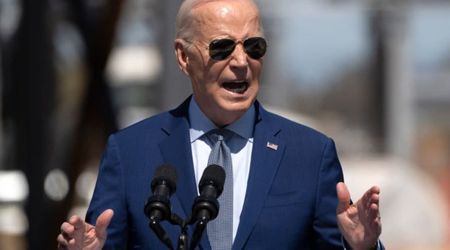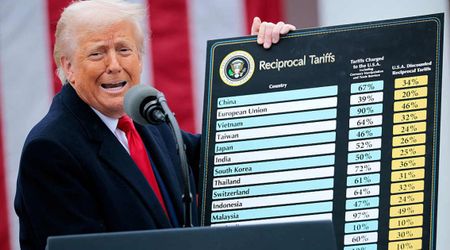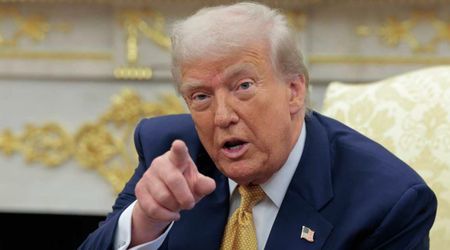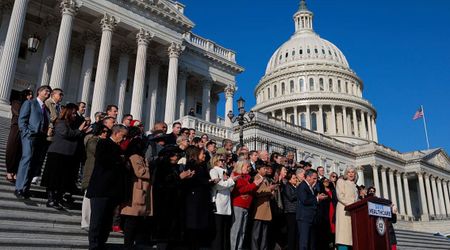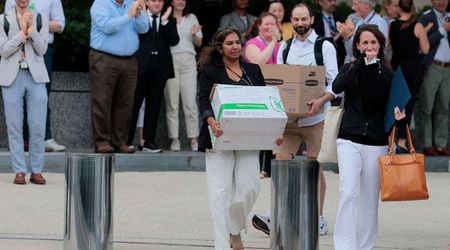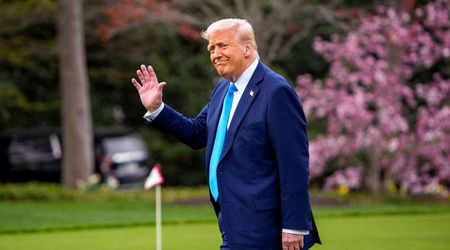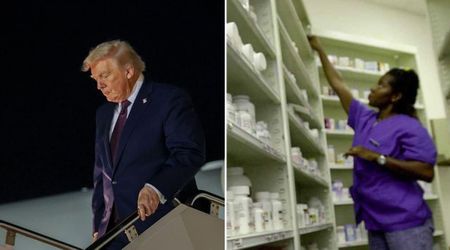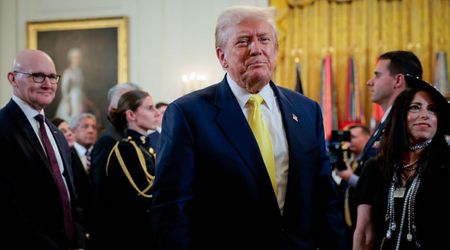Democrats Introduce Shrinkflation Prevention Act to Tackle Product Downsizing and Protect Consumers

Senator Bob Casey, along with others, has introduced the Shrinkflation Prevention Act to prevent companies from reducing the size of their products without reducing prices. The age-old practice was recently called out by President Joe Biden earlier this month in his Superbowl commercial. Democrats and the President say that shrinkflation has gotten out of control and companies are scamming people. "I've had enough of what they call shrinkflation, it’s a rip-off," President Biden said in the commercial.
What is Shrinkflation?
Shrinkflation is the practice of reducing the size of a product while maintaining the price of it. This is a strategy adopted by companies mainly in the food and beverage industries to stealthily cut costs and boost profit margins in stressful times.
The downsizing of products is nothing new and has been going on since the 1950s. Further, as inflation reached record levels in the past couple of years, the use of this tactic has ramped up as well. The phenomenon has gotten so popular that shrinkflation videos are now trending on TikTok as well.
Furthermore, rising prices and shrinking products are some of the top concerns of voters heading into the 2024 presidential election. Citizens have blamed President Biden for it but even with inflation cooling down, shrinkflation seems to remain prevalent. Thus to fight this, Democrats have introduced the Shrinkflation Prevention Act.
What is the Shrinkflation Prevention Act?
Senator Casey, who sits on the Senate’s Health, Education, Labor, and Pensions Committee, introduced the Shrinkflation Reduction Act to crack down on corporations who are deceiving consumers by selling smaller products at regular prices.
The bill if passed will allow the Federal Trade Commission (FTC) and state attorney generals to create regulations that will help prevent practicing this form of gouging. It would also direct the FTC to establish shrinkflation as an unfair or deceptive practice and authorize the FTC to pursue civil actions against corporations that engage in the act. Attorney generals will also be empowered to bring civil suits against corporations.
The alarms around Shrinkflation have been going on since last fall and Senator Casey has issued four reports on how the practice is affecting working families.
He has cited the examples of shrinkflation such as a 5% decrease in the size of a Doritos package, a 12% decrease in Wheat Thins, a 6% decrease in Oreos, a 28% decrease in Great Value Ultra Strong Toilet Paper, and a 12% decrease in Gatorade, a CBS report mentioned.
Sen. Sherrod Brown, a co-sponsor of the bill, said that the new bill will make sure that customers “get every ounce they pay for”, HuffPost reported.
While there have been bills introduced to target corporate price gouging and collusion, this bill is the first that focuses particularly on shrinkflation.
Casey and Brown were joined by five Democratic co-sponsors Tammy Baldwin (Wis.), Elizabeth Warren (Mass.), Jacky Rosen (Nev.), Cory Booker (N.J.), and Sheldon Whitehouse (R.I.) and the bill now faces an uphill battle in Congress against the Republican opposition.
What Can Consumers Do to Limit the Effects of Shrinkflation?
Consumers can increase awareness of the phenomenon and take a closer look at the items they buy. Edgar Dworsky, a consumer lawyer and founder of the website Consumer World, suggests that consumers should look at the net weight of the items of regular use.
For instance, if their regular tube of toothpaste shifts from 3.9 ounces to 3.5 ounces, consumers should shift to a competitive brand that offers the same value.
Another way to ensure that people are getting a better deal is to take a look at the price per unit of a product. This tells how much the consumers are paying for each unit of a packaged item.



